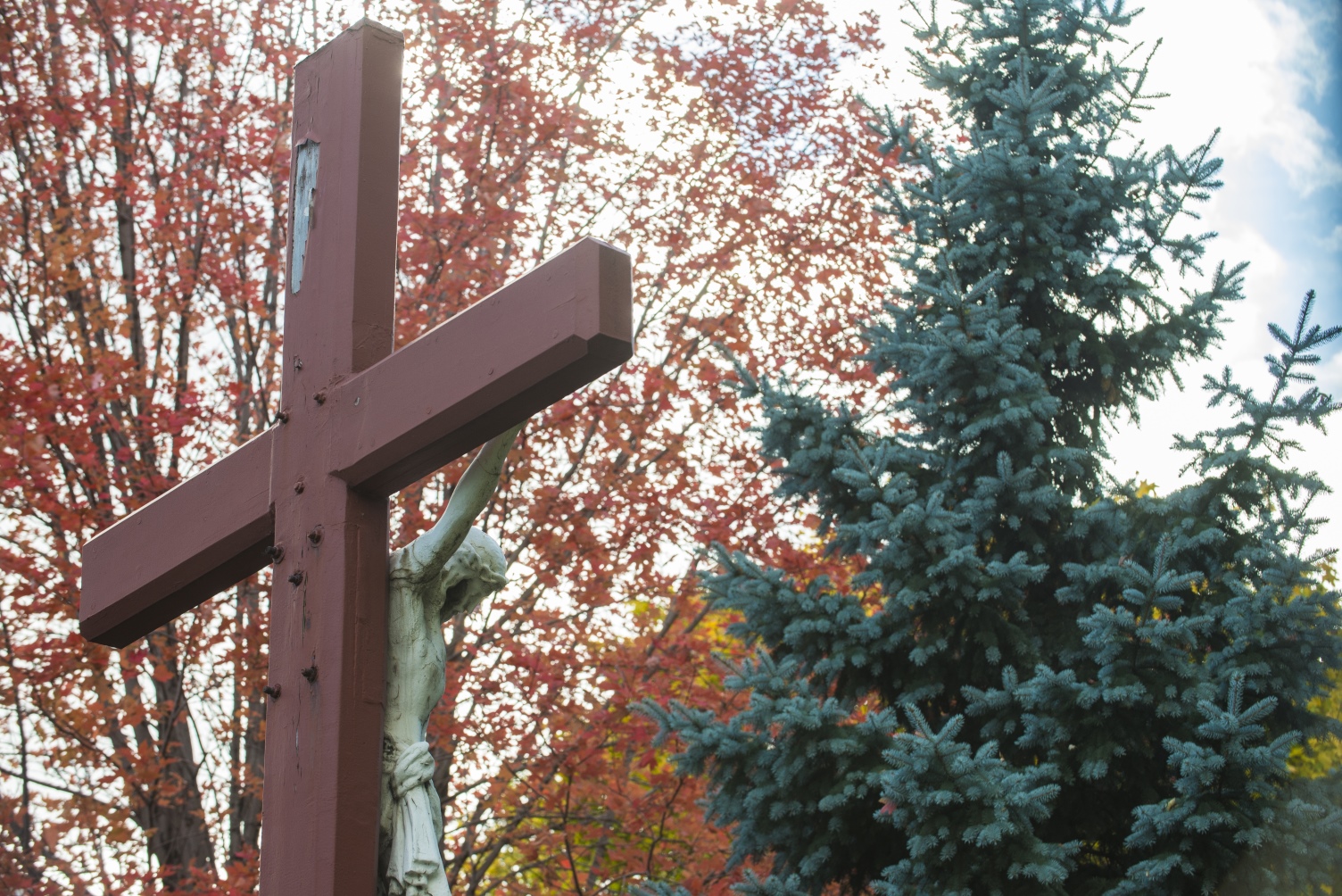Delving into Concordia campus’ dark and haunted history
The Grey Nunnery’s orphan ghosts
Since its foundation in 1737, the Grey Nuns building has been home to the Grey Nuns, women in difficulty, the poor and needy of Montreal, orphaned children, wounded soldiers, and now students. It seems it may also be home to ghosts.
In 1918, the Grey Nunnery housed an orphanage on the top floor of the Left Wing, and sick and wounded soldiers on the lower levels, according to Newfoundland’s The Western Star. This was wartime, and the Grey Nuns played a crucial role in sheltering those who had nowhere else to go.
On the evening of Valentine’s Day, a fire broke out on the top floor of the building, enshrouding the orphanage in smoke and flames.
“The children, most of them infants, had been put to bed as usual at five o’clock. The first flames seemed to shoot up through the floor of the dormitory, near one of the windows. They caught the end of a curtain. In a few minutes smoke and stench of blistering paint were rolling through the two rooms,” an excerpt from the Montreal Gazette from 1970 states.
“Thirty-eight, charred bodies were found by the firemen at 10:30 … while firemen and soldiers were engaged in rescuing infants they were forced to leave many to die as the flames and smoke drove the rescuers from the building,” reported The Western Star on the morning of Feb. 15, 1918.
That number was later amended to 53 confirmed deaths, and it is still unknown how many other young children and babies were entirely cremated in the fire, their remains never having been found.
Donovan King, a Concordia alumnus and expert in haunted theatre who runs Montreal’s Ghost Tours, has some sordid details about the SGW campus’ allegedly haunted past.
“Back in the spring, I went to the residence and began asking students on the street about if anyone had heard any stories of hauntings,” he said. “One student who had been living in the residence said she had been having nightmares every night about dead children, she would hear trampling noises and have bad visions associated with this,” he said.
According to King, the student was unable to sleep—she tried everything from hot tea to sleeping pills. Only when she moved out of the residence did these nightmares and visions subside.
According to daycare workers at the Grey Nun’s residence that King interviewed as well, she is not the only one who felt the presence of the tragically departed orphans.
“Apparently two of the children in the daycare had made the same imaginary friend, who fit the description of an orphan,” King said. Both children in the daycare had individually described this “friend” as having a “tattered hat and ripped, charred clothes.”
The Murderer’s Cross
The Nunnery isn’t the only landmark on campus that has a gruesome past life.
I’m sure you’ve all seen the large wooden cross on the corner of Guy St. and René-Levesque Blvd. According to the same article from the Montreal Gazette, it marks the spot where long ago a murderer was buried.
“In 1752 Jean Baptiste Goyer lived in a small house just on the north side of the street, where the gates of the Grey Nuns motherhouse are now,” said King. “He was an indolent and lazy farmer, and made little money.”
As the story goes, according to the Gazette, his neighbours, Jean Favre and his wife Mary-Anne Bastien, were very successful farmers, and quite wealthy.
One day Goyer told his neighbours that he was taking a trip to Quebec City, which was a very long trip at the time, explained King. While he was away, Favre and Bastien were brutally murdered, and their property looted.
“When Goyer returned a couple of weeks later, he expressed horror at the murders, he became obsessed with the murder case, and began spending even more money at the tavern,” said King.
Because of this erratic behaviour, Goyer became the prime suspect and was arrested.
Back in that day they would torture people with the Spanish Boot, a method which involved nailing the accused’s legs to planks of wood, and asking them questions designed to make them confess. Goyer confessed under the pain that instead of going to Quebec City, he had snuck into the Favre’s home in the middle of the night, and stabbed Favre and his wife.
Goyer was executed by torture wheel on the Place du Marché.
“They would attach the guilty to a flat wheel, they would revolve the wheel slowly and the torturer would smash their limbs apart with a hammer between the gaps in the wheel,” said King.
Goyer was left there to die with his bones smashed and splintered and his face turned up to the sky.
A blood-red cross was erected on the spot as a warning to others not to commit such a heinous crime.
Over a century later, in the 1870s, the roads were widened, and the nuns discreetly moved the original cross, painted it a less striking colour, and surrounded it with religious paraphernalia and a garden.
“Today, because they moved the cross from its original place, Goyer’s body is probably somewhere under Réné-Levesque Blvd.,” said Donovan.
The cautionary message that the cross warned was soon forgotten.




